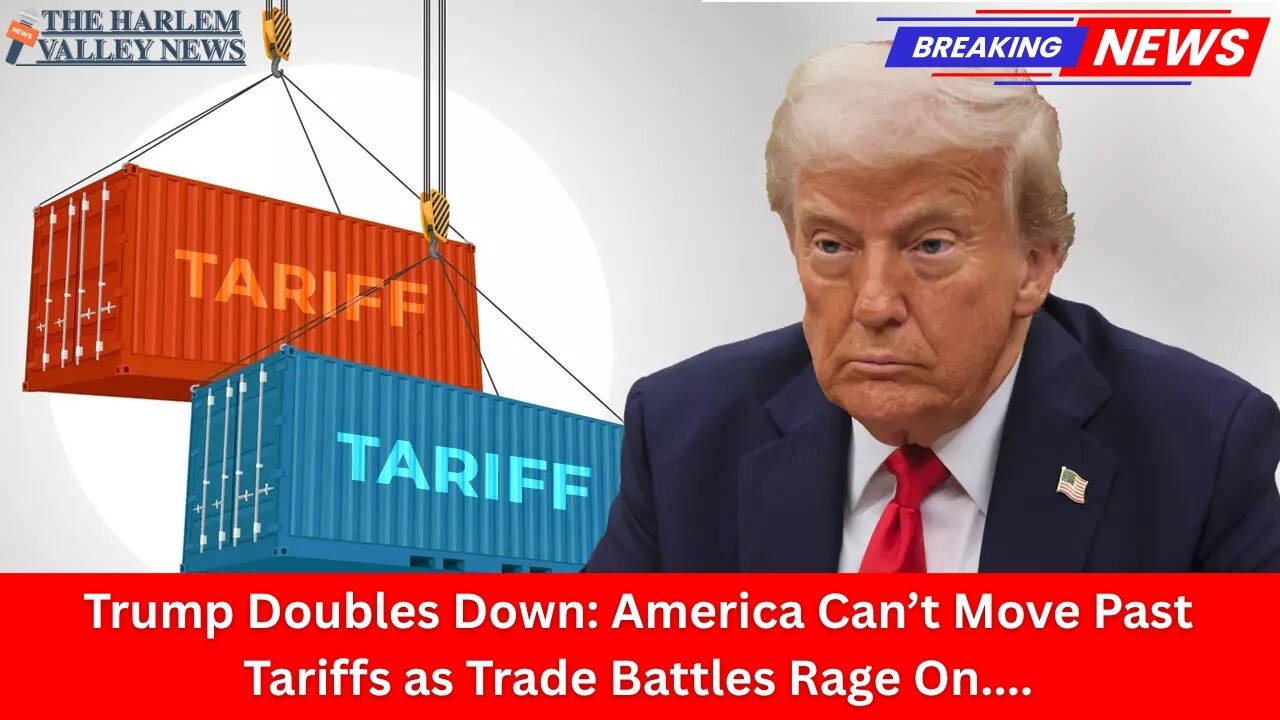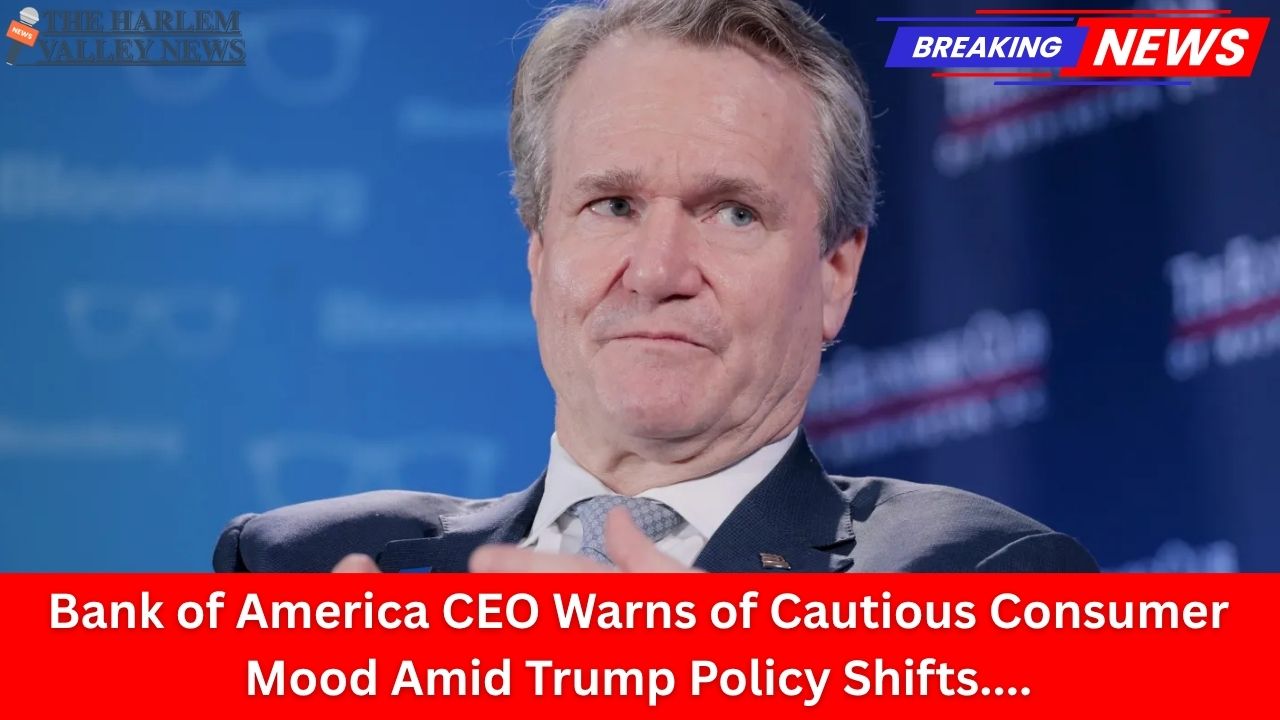Washington, D.C., US:
The world hoped that the worst waves of trade wars were behind us, but President Donald Trump is making sure the storm rolls on. As America barrels further into 2025, tariffs aren’t just back—they’re higher, broader, and shaping the global economic landscape more than ever. Trump’s hardline “America First” approach, revived and amplified in his second term, is baring its teeth, leaving allies and rivals scrambling and international markets reeling.
A Radical Break with the Past
Since Trump’s inauguration in January 2025, tariffs have gone from a sporadically wielded weapon to the cornerstone of US economic policy. The numbers are staggering: the average US tariff rate has soared from just 2.5% at the start of the year to over 18%, the sharpest uptick since the days before World War II. For some sectors and countries, the numbers are even higher, with steel and aluminum tariffs hitting 50%, a 25% blanket duty slapped on imported cars, and specialized duties targeting everything from pharmaceuticals to semiconductors.
What makes this round of tariffs different isn’t just the scale—it’s the unpredictability. A “universal” 10% tariff now applies to most imported goods, but countries with a US trade deficit face an even steeper 15%. For nations failing to swiftly offer America the “reciprocal” trade deals Trump desires, further penalties loom. China saw effective tariffs spike to 145% during the spring negotiating blitz, while India and Brazil now face fresh 25–50% rates just as global supply chains were beginning to stabilize.
Chaos or Calculation?
Why won’t Trump let the world move past tariffs? The president insists that these stiff measures are about protecting American jobs, reviving domestic manufacturing, and finally ending what he calls “decades of economic surrender.” Trump’s team claims that tariffs will boost tax revenue, rebalance trade, and strengthen national security—all while promising American consumers minimal pain and maximum gain.
Yet for industries and trading partners, Trump’s tariff mandates have unleashed widespread uncertainty and disarray. Stock markets have tumbled and rebounded on rumors of trade deals or new tariff threats. Foreign governments, including close allies, remain baffled by the kaleidoscopic changes in US trade strategy. Even American business leaders complain that the administration’s rationale shifts by the week: one moment, tariffs are a tax; the next, they’re a bargaining chip, then a weapon of economic war.
The Global Fallout
The impact is already visible:
-
American Consumers: Retailers warn of higher prices and product shortages as new tariffs work their way through supply chains. Some iconic US brands are moving production home, but at a cost—Americans are paying more for everything from cars to clothing.
-
Manufacturing: While protectionist tariffs should, in theory, benefit US manufacturers, the real-world effect is more complicated. Automakers, in particular, are caught in the crossfire as they juggle tariffs on both parts and finished vehicles, affecting North American supply chains that took decades to build.
-
China, India & Europe: Major trade partners have struck back with retaliatory duties and are hedging their bets, seeking new alliances amid the chaos.
-
Stock Markets: Wall Street and global markets are jittery, as volatility surges with every Trump announcement or negotiation breakdown.
-
US Revenue, Global Influence: Tariffs now provide roughly 5% of US federal revenue, up from a historical average of just 2%. But economists warn that this “tariff boom” could come at the cost of lower growth and frayed alliances.
Negotiations: Unpredictable as Ever
If trading partners hoped that threats of tariffs were just bluster, they’ve been sorely disappointed. America’s negotiating table is now the world’s busiest—and least predictable.
-
“Reciprocal” Tariffs: Countries were given deadlines (including the latest, August 7) to hammer out special trade pacts or face higher duties. Some, like Vietnam, attempted to placate the White House by lifting their own trade barriers, but these gestures were rebuffed.
-
Legal Challenges: Courts are now weighing the constitutionality of Trump’s new tactics, but for now, the tariffs remain firmly in place.
-
Economic Diplomacy: Allies are floored by the ever-shifting terms. As one senior Japanese official lamented, “No one in the US administration seems to know exactly what Trump wants, and trying to negotiate is like playing chess with invisible pieces.”
Winners, Losers, and an Uncertain Future
Who wins in this new era? There are, inevitably, some bright spots for US industries insulated by the new tariffs. Domestic factories that remained stateside may see new orders, and some American farmers stand to gain from retaliatory measures imposed by other countries.
But for every winner, there seem to be several losers—from car buyers and small businesses at home to allied nation economies abroad. Even US exporters face a bumpier road as foreign nations fight back. Global agencies have already downgraded US and global growth forecasts, warning that continued trade brinkmanship could drag down the world economy.
Trump’s Unyielding Stance
Despite mounting skepticism and fresh legal and diplomatic challenges, Donald Trump appears undeterred. The message from the White House is simple: tariffs are here to stay, and the world had better get used to it. Whether this bold approach will ultimately redefine global trade for the better or breed economic pain for years to come remains a live question.
But one thing is certain: President Trump is not letting America—or the world—move past tariffs any time soon. As the next round of duties comes due, the trade war is no longer a headline. It’s the headline. And everyone, everywhere, is feeling its impact.
















Leave a Reply